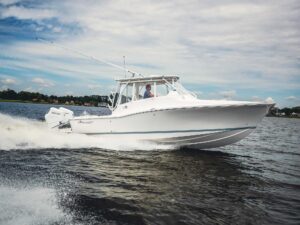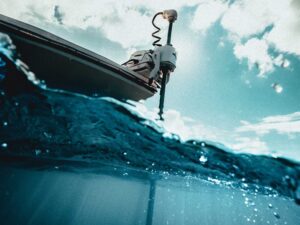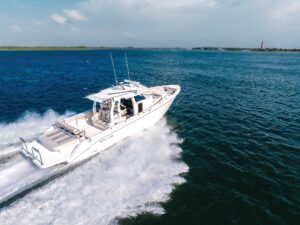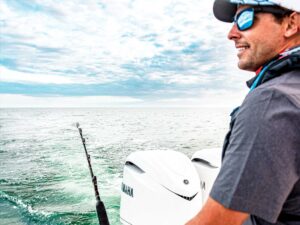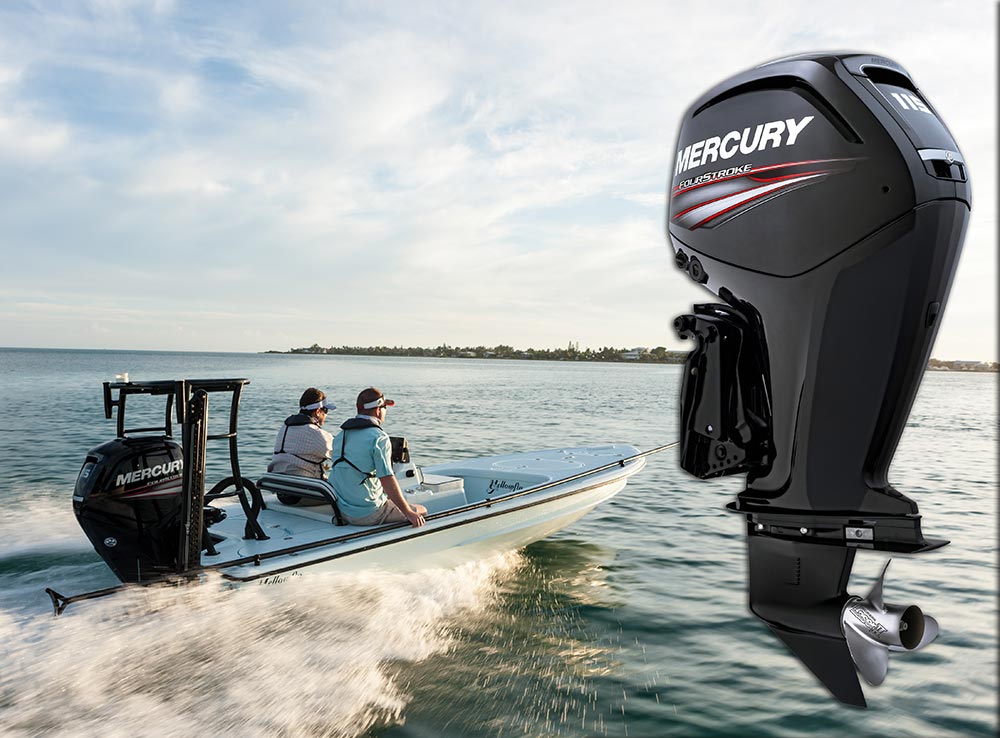
Mercury FourStroke 115
One third of Mercury‘s engine market share goes to the mid-range engines — those with 75-, 90-, and 115-horsepower output. So, once Mercury had a full line of highly efficient four-strokes, including the Verados, ranging to 350 horsepower, it was no surprise, last month, that the company circled back to the mid-range with its new FourStroke versions.
Anglers will want these for technical flats boats, aluminum skiffs, and bay boats to up to 19-feet, depending on weight. And, for catamaran fans, wanting to power a smaller vessel, Mercury offers the 115 in a counter-rotating gearcase.
Mercury’s goal in the redesign was to refine and retool its four-stroke offerings to offer higher output, lighter weight, and lower emissions with lower maintenance costs.
Maintenance costs for four-strokes spike compared with two-strokes, because most require expensive valve adjustments. The costs range from $100 or more per cylinder. That can be big bite to take after 200, 300, or even 500 hours of operation — especially with twins.
Mercury avoids this sobering expense in its high-performance engines by offering a self-adjusting valve train. The made-over motors also sport a lighter-weight, streamlined shape, visibly more trim than the previous models. Mercury says the new 115 is now the lightest outboard in its class — and with big, smooth-running 4-cylinder displacement.
All of the new mid-range four-strokes meet the CARB and EPA requirements, naturally, and after run-testing the powerful 115s, near the Fond du Lac, Wisconsin factory last month, I think the company has a hit.
Mercury powered a number of boats including bay boats, pontoons and runabouts with the new engines, during its product introduction to media. I ran several boats, including a Carolina Skiff 218 powered by the 115. Even this solid, full-beam boat stepped up on plane quickly with the push of the 115; it held planing speed in the mid-teens.
Mercury also offers a new gear-case option for these motors called Command Thrust. It’s a refinement of the “Big Foot” gear cases so popular among pontoon boaters. The bullet is a little bulkier than the standard gear case, but the new 2.38-to-1 gear ratio and powerfully husky gears added noticeable mid-range thrust and control compared with the standard 115 gearcase setup.
On my test boats, though, the Command Thrust’s added torque came with noticeably more steering feedback than the standard gearcase. That makes hydraulic steering a worthwhile investment in my book. Hydraulic steering is definitely needed at 150 horsepower and up, and 115 horsepower is normally a judgment call, driven by the hair on your knuckles.
I’d say, in a boat with a recommended horsepower range of 115 to 150, the 115 with Command Thrust and hydraulic steering would give smooth control with satisfying power.

